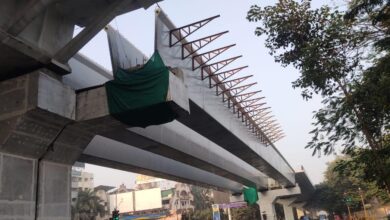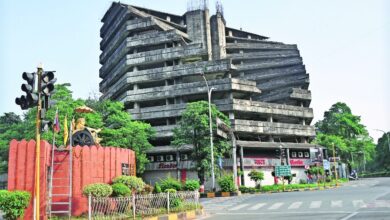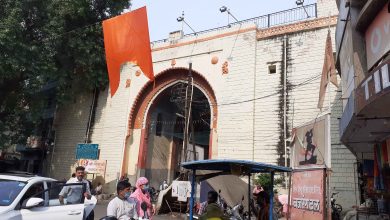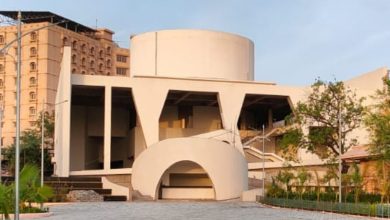Nagpur Updates
-
Development

RTO Flyover to Open in September First Week After 1.5-Year Delay in Nagpur
The city of Nagpur is finally set to witness the opening of the much-anticipated Bole Petrol Pump–Futala Square flyover in…
Read More » -
Railways

PM Modi to Flag Off Nagpur-Pune Vande Bharat Express on August 10
A New Era in High-Speed Travel Between Nagpur and Pune Begins Nagpur Pune Vande Bharat Express | Vande Bharat Nagpur…
Read More » -
Development

Poonam Tower Controversy: Maharashtra Government Pushes for Structural Audit and Acquisition for Vidhan Bhavan Expansion
Vidhan Bhavan expansion: The Poonam Tower Nagpur—a half-constructed and long-abandoned building standing right opposite the Maharashtra Vidhan Bhavan in Nagpur—has…
Read More » -
Development

SECR Nagpur Division to Develop World-Class Cricket Ground at Kalamna to Boost Sports Infrastructure
Kalamna cricket ground: In a significant move to promote sports culture and nurture emerging talent within its ranks, the South…
Read More » -
Events

Top Friendship Day Events Happening in Nagpur 2025 | Friendship Day Events Nagpur 2025
Friendship Day Events Nagpur 2025: As Friendship Day 2025 draws near, Nagpur is gearing up to host some of the…
Read More » -
Development

NMC Launches Heritage Revival Plan to Restore Gandhi Gate in Mahal, Nagpur
A New Dawn for an Ancient Gateway In a significant step toward reviving Nagpur’s historical legacy, the Nagpur Municipal Corporation…
Read More » -
Nagpur Local

Mandals Can Register Till July 31 for Khasdar Sanskritik Ganesh Utsav: A Cultural Celebration in Nagpur That’s Rewriting Tradition
Nagpur’s Cultural Renaissance Through Ganeshotsav What began in 2021 as a modest attempt to blend spiritual devotion with cultural enrichment…
Read More » -
Development

Koradi’s Grand Transformation: Butterfly Garden, 7D Theatre & Tallest Hanuman Statue in the World
Koradi, a town nestled in the heart of Vidarbha, is on the brink of a breathtaking transformation. Spearheaded by Guardian…
Read More » -
Nagpur Police

Operation U-Turn: Nagpur Traffic Police’s Bold 9-Day Crackdown Nets 336 Drunk Drivers
In a decisive move to ensure public safety and responsible driving, Nagpur City Police launched a powerful initiative known as…
Read More » -
Festival

Baba Tajuddin’s 103rd Urs Begins with Massive Spiritual Celebrations in Nagpur
A Grand Spiritual Gathering Rooted in Peace and Devotion Nagpur is witnessing a monumental spiritual event as the 103rd Urs…
Read More »

